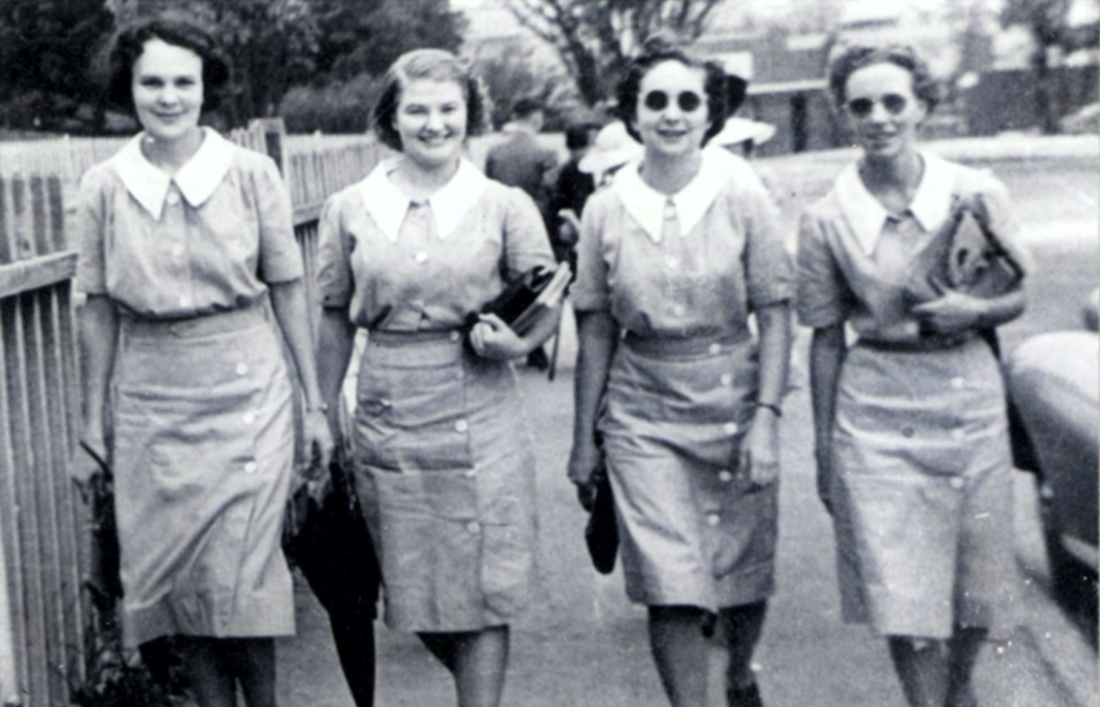In 1986 Stephanie Short, a physiotherapist and sociologist, published an article in the Australian Journal of Physiotherapy titled, “Physiotherapy – A feminine profession”.
Short argued that the female-dominated professions in health care are not as powerful as the male-dominated medical profession and that the key factor in shaping the discrepancies in pay, status and power is gender. Physiotherapy developed as a profession for middle-class women and that family responsibilities continue to take priority over professional responsibilities for the majority. That physiotherapy enjoys higher occupational prestige than social work, speech therapy, occupational therapy and nursing is through the recruitment of women from middle and upper middle class backgrounds. In conclusion, the history of physiotherapy is the history of a middle class feminine profession.
Nearly forty years later does Short’s argument still have merit and what of her predictions regarding the future?
Key comments from her article have been reproduced (with permission) below:
Gender Inequality
Patriarchy, the domination of women by men, permeates all aspects of our society including family life, schooling and work.
In examining the professions, it is apparent that the traditional professions of medicine, law and the church, are male-dominated whilst the so-called ‘semi-professions’ like nursing, teaching and physiotherapy are female-dominated. The gender dimension is particularly important at the present time because professions such as physiotherapy and nursing are attempting to improve their professional status.
It is understandable that the semi-professions envy the high levels of status, pay, job security and autonomy that the traditional masculine professions enjoy. But the female professions have not been successful in emulating their masculine counterparts and I would suggest that they are unlikely to succeed if they remain female-dominated within a patriarchal society.
Quite simply, they are the wrong gender; they do not have enough social power. The process of professionalisation is a political strategy which is implemented by an occupational group and, as such, can only be understood within the context of power relations within society at large. Obviously, women’s oppression is crucial here.
Professionalisation is a masculine strategy in a patriarchal society.
Status and Social Class
How then can we explain the hierarchy within feminine professions? Why does physiotherapy enjoy more status than her fellow feminine professions? I suggest that social class, or more precisely the social class of members of those professions, goes a long way towards explaining this hierarchy.
The power of the established professions has been achieved because historically only ‘gentlemen of independent means’ had access to those professions. They had come from comfortable, secure middle and upper class backgrounds and have shaped their profession in such a way that members are assured of a secure and wealthy future. In contrast, physiotherapy is a predominantly middle class profession and even more contrasting, nursing draws its recruits mainly from the working class.
Physiotherapy developed at the turn of the 20th century ‘when upper class women were in need of respectable courses’, and a decent, but short, education which did not challenge their femininity or social status.
It should be noted here, too, that physiotherapy followed in the wake of nursing which played a path-breaking, or perhaps even revolutionary, role in establishing opportunities for women to gain paid employment outside the home. Middle and upper class women had only one realistic option prior to nursing, namely governessing.
Physiotherapists have traditionally been the daughters of professional and managerial men – doctors, graziers and so on. Whilst the masculine professions attracted men of independent means, physiotherapy attracted women of dependent means. As the prestige of women is usually determined by the prestige of their fathers and husbands physiotherapy provided an ideal opportunity for ladies to improve their marriage chances. In fact a successful physiotherapist could be defined as one who marries a doctor!
Physiotherapy is particularly attractive to middle and upper class women with traditional values because it provides the opportunity the autonomy of private practice work with the availability of part-time work. In the feminine professions generally, family responsibilities take priority over professional responsibilities.
Future Trends
It is an established fact that men gravitate towards higher paid administrative positions within feminine occupations and, in the case of physiotherapy, into the most lucrative areas of private practice – sport medicine and spinal manipulation. So in the last decade we have seem more and more male physiotherapists taking up financially rewarding opportunities whilst female physiotherapists continue to look for part-time work in order to spend time doing housework, parent-work and wife-work.
Indeed a very likely scenario is an increasing number of men owning private practices and an ever increasing number of women being employed on a part-time basis in private practice.
I would predict that the future of the feminine professions largely depends upon the social background of future members. Thus, I would suggest that success in achieving the goal of professionalism will be determined by the gender and class composition of future members of the profession.
References
Short, SD. (1986). Physiotherapy – A feminine profession. Australian Journal of Physiotherapy, 32(4), 241 – 243. https://doi.org/10.1016/S0004-9514(14)60657-7

